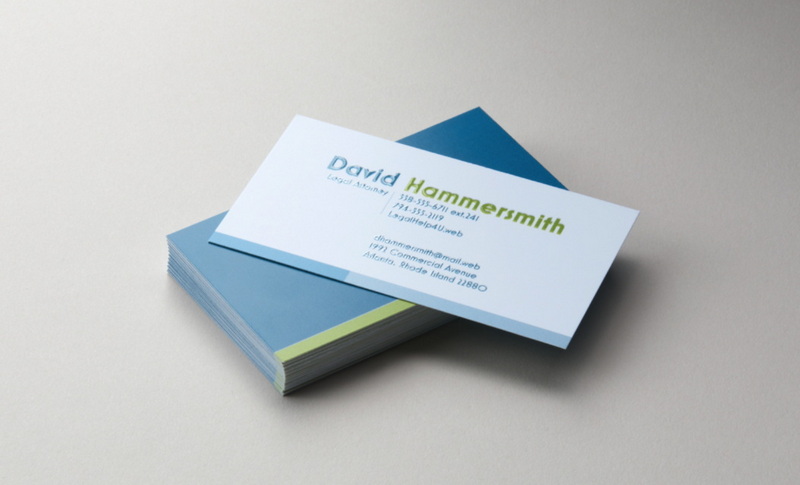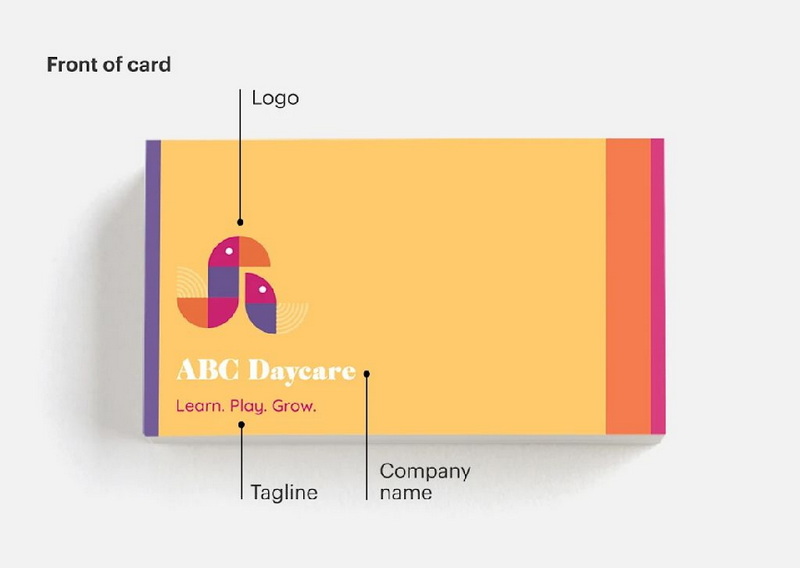Content Menu
● Key Elements of a Business Card
● Design Considerations
● Benefits of Business Cards
● Challenges in Designing Business Cards
● Future of Business Cards
● Conclusion
● Frequently Asked Questions
>> 1. What is the standard size of a business card?
>> 2. Why is it important to include a company logo on a business card?
>> 3. What are some common design mistakes to avoid on business cards?
>> 4. How can I make my business card stand out?
>> 5. Is it necessary to include a physical address on a business card?
● Citations:
Business cards are essential tools for professionals and businesses, serving as a compact and portable means of sharing contact information and establishing a professional identity. They are used across various industries to facilitate networking, promote services, and leave a lasting impression on potential clients or partners. The information included on a business card is crucial, as it must effectively convey who you are, what you do, and how others can reach you.

Key Elements of a Business Card
When designing a business card, several key elements should be considered to ensure it is effective and memorable:
1. Name and Job Title: Your full name and job title are essential for establishing your professional identity. This information helps recipients remember you and understand your role within your organization[1][4].
2. Company Name and Logo: Including your company's name and logo helps build brand recognition. The logo should be simple and placed prominently, yet not overshadow other important details[5][10].
3. Contact Information: This includes your phone number, email address, and physical or mailing address if applicable. Social media handles can also be included if relevant to your business[1][5].
4. Tagline or Slogan: A company tagline can provide insight into what your company does or its mission. It should be concise and meaningful[1][10].
5. Website URL: Including your website URL allows recipients to learn more about your business and services. It's advisable to omit the "http://" prefix to save space[4][5].
6. QR Code: Adding a QR code can direct recipients to your website or online store, making it easier for them to access more information about your business[2].
7. Visual Elements: Depending on your industry, including a photo or other visual elements can enhance the card's appeal and help establish a personal connection[4][9].
Design Considerations
The design of a business card is just as important as the information it contains. Here are some design considerations:
- Size and Orientation: The standard size is 3.5" x 2", but you can choose a different size or orientation based on your design needs[5].
- Color Scheme: Use your brand's colors to maintain consistency and reinforce brand identity[5].
- Font and Readability: Choose fonts that are easy to read, such as Arial or Times New Roman, and ensure the text size is large enough to be easily readable[2].
- Layout: Ensure the layout is accessible and visually appealing. Consider where the recipient's eyes will naturally focus[2].

Benefits of Business Cards
Business cards offer several benefits for professionals and businesses:
- Networking: They facilitate networking by providing a quick and easy way to exchange contact information[8].
- Brand Awareness: Consistent branding on business cards helps build recognition and reinforces your company's identity[5].
- Professional Image: A well-designed business card contributes to a professional image, which is crucial in many industries[2].
Challenges in Designing Business Cards
While business cards are essential, there are challenges in designing them effectively:
- Limited Space: With limited space, it's crucial to prioritize the most important information[9].
- Design Balance: Balancing design elements with text can be challenging. The goal is to make the card visually appealing without overwhelming the recipient[7].
- Industry Relevance: The design should be relevant to your industry. For example, a carpenter might include a carpentry-related image[2].
Future of Business Cards
As technology advances, the role of business cards may evolve. However, they remain a tangible and personal way to connect with others in a digital age. Innovations like QR codes and digital business cards are integrating technology into traditional business card designs, offering new ways to share information and connect with others.
Conclusion
In conclusion, a well-designed business card is a vital tool for professionals and businesses. It should include essential information such as your name, job title, company name, logo, contact details, and website URL. The design should be simple, readable, and consistent with your brand's identity. By carefully considering what information to include and how to present it, you can create a business card that effectively represents you and your business.

Frequently Asked Questions
1. What is the standard size of a business card?
The standard size of a business card is 3.5 inches by 2 inches, but you can choose different sizes depending on your design needs[5].
2. Why is it important to include a company logo on a business card?
Including a company logo helps build brand recognition and reinforces your company's identity. It should be simple and placed prominently on the card[5][10].
3. What are some common design mistakes to avoid on business cards?
Common mistakes include using fonts that are too small or difficult to read, overcrowding the card with too much information, and not using your brand's color scheme consistently[2][5].
4. How can I make my business card stand out?
You can make your business card stand out by using unique textures, adding a QR code, or incorporating visual elements relevant to your industry. Consider using foil accents or a glossy coating for added sophistication[2][4].
5. Is it necessary to include a physical address on a business card?
Including a physical address is necessary if you operate a brick-and-mortar business. However, if your business is entirely online, you can omit this information to save space[4][7].
Citations:
[1] https://www.indeed.com/career-advice/career-development/what-to-put-on-a-business-card
[2] https://www.indeed.com/career-advice/career-development/business-card-tips
[3] https://bbs.gter.net/forum.php?mod=viewthread&action=printable&tid=402330
[4] https://www.vistaprint.com/hub/business-card-information-essentials
[5] https://blog.hubspot.com/sales/how-to-design-business-card
[6] https://github.com/haoweiguang/haoweiguang.github.io/blob/master/index.html
[7] https://www.primoprint.com/blog/10-crucial-parts-to-a-business-card-design/
[8] https://www.reddit.com/r/startups/comments/7zqczc/a_few_tips_about_business_cards/
[9] https://www.doorway.io/blog/business-card-information/
[10] https://www.banana-print.co.uk/blog/business-card-info/
































